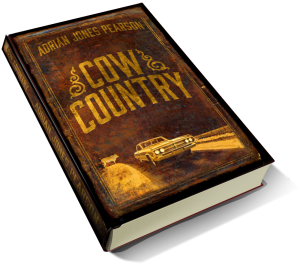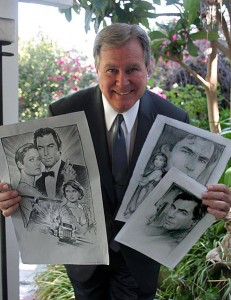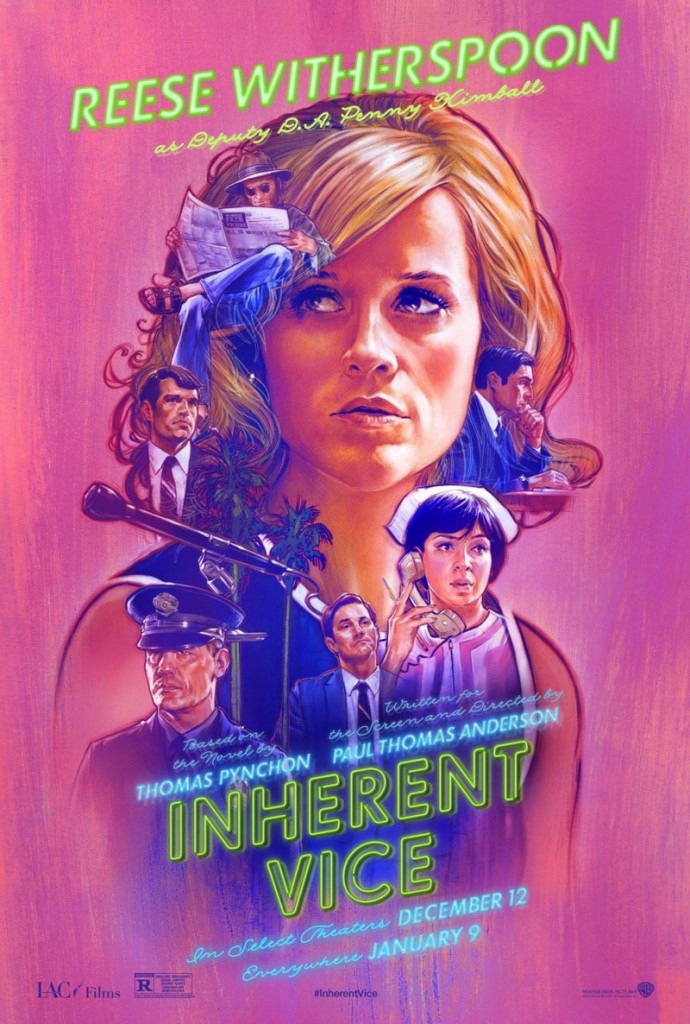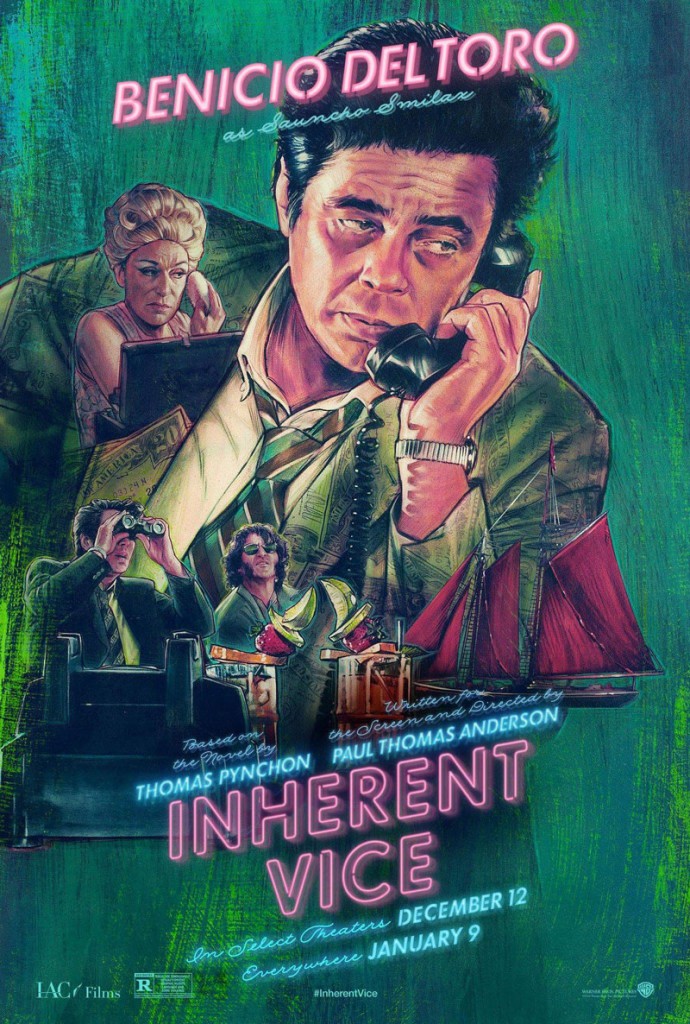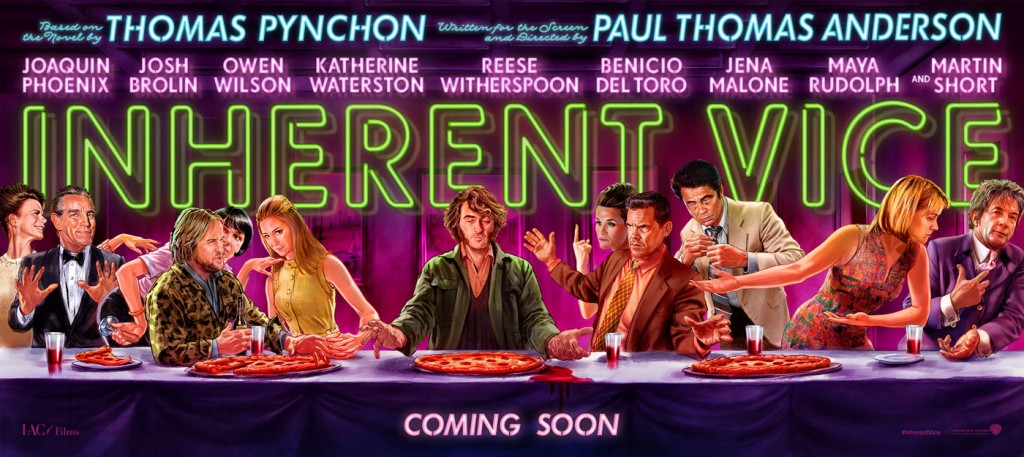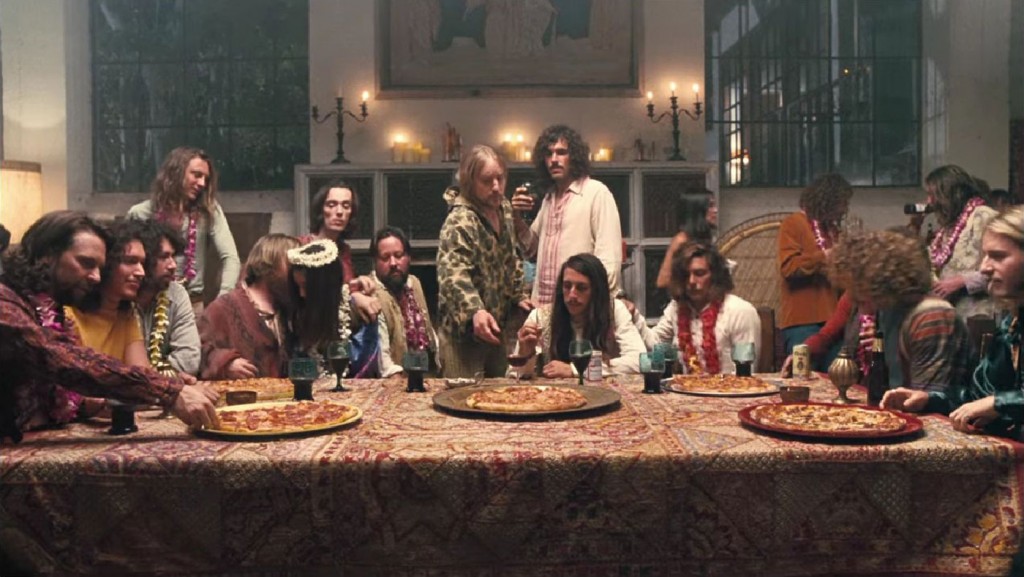What does F = ma have to do with “Entropy”?
Among the books owned by the late UNIX pioneer Greg Chesson are two signed copies of Pynchon’s story “Entropy,” a bootleg edition and a first edition of the collection Slow Learner. In both copies, Pynchon did something unusual: along with his signature, he inscribed the equation for Newton’s second law of motion, F = ma, i.e., force (F) equals mass (m) times acceleration (a). In the bootleg edition, Pynchon went even further. Rather than cross out his printed name above his autograph, which authors sometimes do to emphasize their more personal signature (see the Low-Lands autograph below), Pynchon instead crossed out the word “Entropy” and wrote the equation beneath it.
- “Entropy” Bootleg Pamphlet
- “Low-Lands” Bootleg Pamphlet
- Slow Learner
Why would Pynchon write down Newton’s second law on a copy of a story about the second law of thermodynamics? One possibility is that this is a bit of an inside joke and a note of encouragement to a friend – hence the crossing out of the title and its replacement with F = ma in the bootleg copy. Intuitively, entropy suggests dissolution, a system that’s running down. Pynchon’s story muses on the negative consequences of the inexorable increase in entropy: disorder, death, and the ultimate end of the universe. F = ma suggests the opposite – a positive force, acceleration rather than loss of motion, an ability to act to alter the world, rather than simply let things run their course.
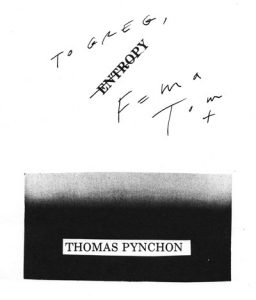
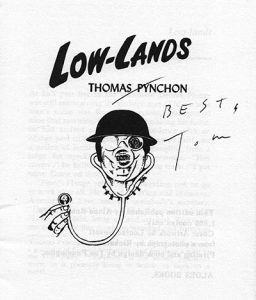
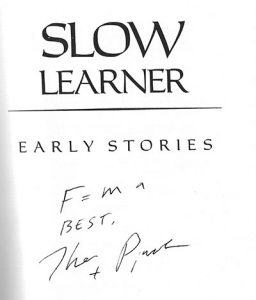
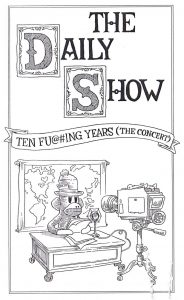
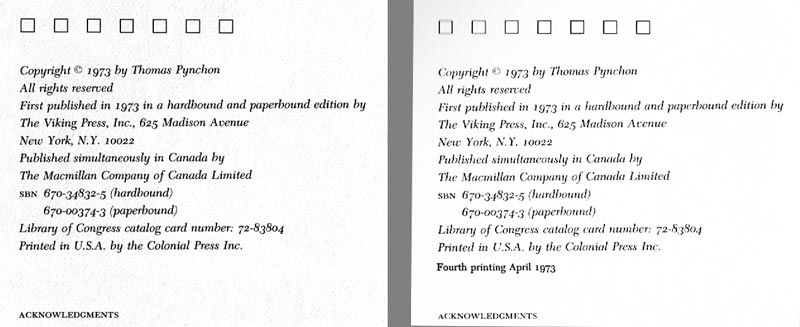
 “Chryskylodon Blues,” a 12-minute film by Laura Colella that captures behind the scenes filming of Paul Thomas Anderson’s Inherent Vice, is shot in grainy Super-8 color. Its name comes from the place in
“Chryskylodon Blues,” a 12-minute film by Laura Colella that captures behind the scenes filming of Paul Thomas Anderson’s Inherent Vice, is shot in grainy Super-8 color. Its name comes from the place in 